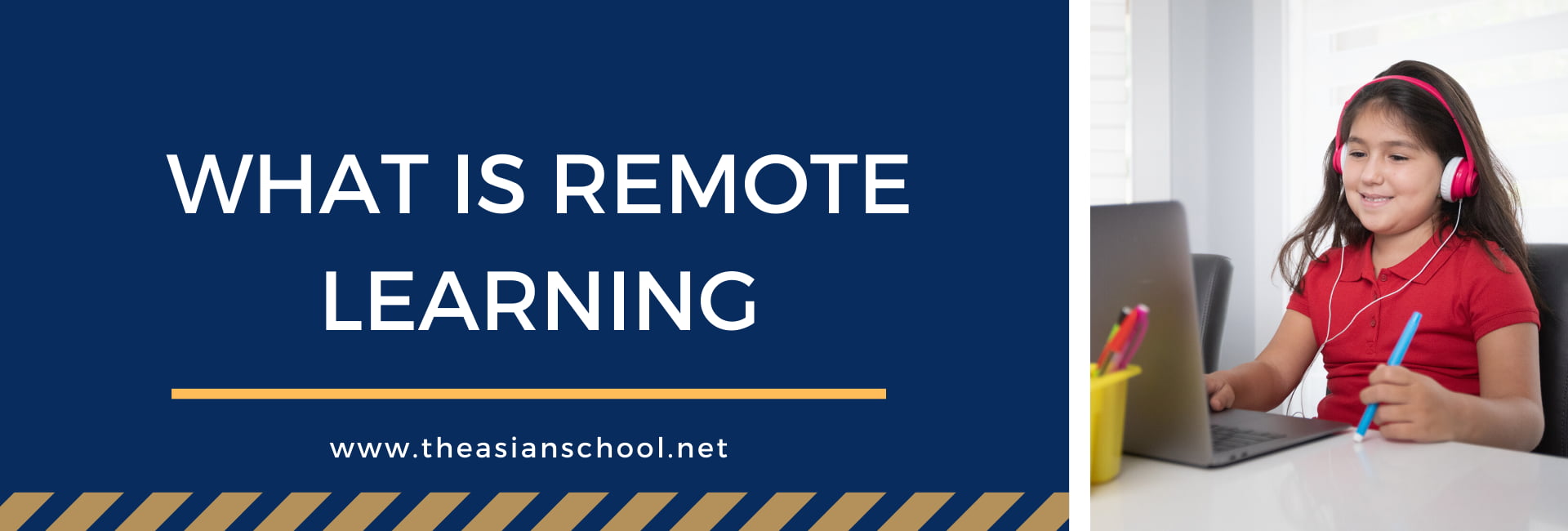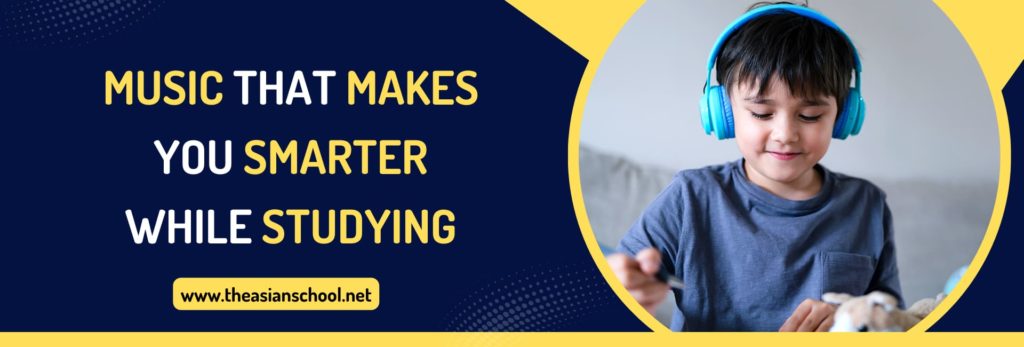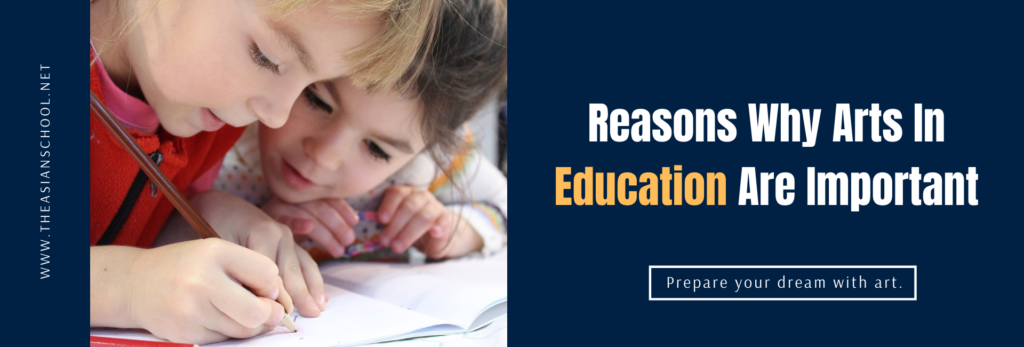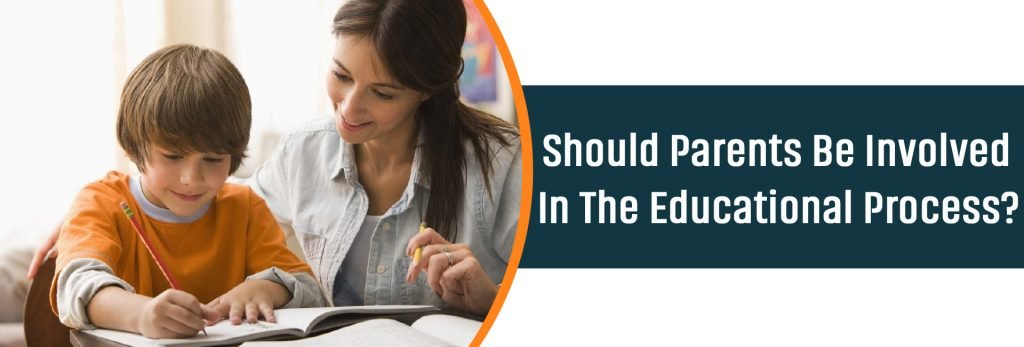Simply said, Remote Learning is a process whereby both the educator and the student aren’t physically present in an environment of traditional classrooms. Instead, education is delivered using technology, such as video conferencing, discussion boards, and virtual tests. It’s the attempt of re-creating the live classroom, in-person interaction over the internet.
The efficacy of remote learning depends on the school’s administration, district, and teachers working together to provide an environment that is supportive. Remote learning is most effective when all the machines are running smoothly and effectively and every part of the learning environment is willing and ready to assist one another in all aspects related to remote education, both technical as well as general.
We’ve put together an exhaustive guide on distance learning. It contains examples of remote learning, explanations about how the remote method operates and a description of the various types of remote learning examples, a review of the advantages and drawbacks of remote learning, and much more.
Advantages of Remote Learning
Here know the benefits of remote learning:
1. Distance education provides students the chance to study who might otherwise be unable to access alternatives:
Remote learning equips learners with the opportunity to learn. If it’s a 6th class student who utilizes Google Classroom to keep up on their math classes or to connect with their teacher during the course of COVID-19, or a university student who is able to access an online class during the period of their free time from their job remote learning can open possibilities. Today it’s the most effective alternative to keep education alive.
2. Learning at distance allows for flexibility in education:
If learning takes place in remote classrooms teachers have greater flexibility in how they organize their classes and how they create and assess assignments. Students can also take part in their studies when they are most productive for them, provided there are no set time slots for classes, meetings, or lectures they are required to attend.
Both students and teachers don’t have to drive to and from school, which can save time energy, money, and time that can be channeled to create effective lessons and assignments. The overall experience of remote learning can be generally more flexible than having to go to class every day.
3. Remote Learning” lets students take on their course at the pace that is more suited to their needs:
The classroom instruction can be a bit too fast as there are so many subjects to cover in a limited period of time. However, remote learning allows students to take on their courses at their individual pace. Remote learning is a way to reduce the differences between students. Each learner learns at their own speed, so the highly-individualized essence of distance learning creates the swiftness of education much more comfortable to handle.
4. Remote learning is beneficial to students who are visually inclined:
Because of the fact that online education is visual learning, those who like the more visual ways of learning frequently find remote education beneficial for their learning way of learning. Online lectures, projects that require computer-based texts, as well as tests that are developed using online methods can help students learn through visually-rich educational models.
The disadvantage of Remote Learning
Here know the disadvantage of remote learning:
1. Remote learning lacks social relations:
Because of the nature of remote learning the norm, then remote, the chances to fully engage in a customized face-to-face basis can be more difficult. The lack of interaction with others can be negative for both teachers and students and can even hinder the growth of students in areas such as leadership, social-emotional education and social abilities such as public speaking, and much more.
2. Technology is complex and unpredictable:
We’ve all had those moments of complete dismay when technology isn’t working when it should. The lost WiFi service. The computer is frozen. The printer is not connected. Remote learning can be prone to numerous technical problems and interruptions, and it is a nightmare to manage as a teacher when you’re responsible for many students.
3. Distance education can be distracting
Because remote learning is conducted predominantly on computers and laptops, it is easy to become distracted or lost by your preferred websites, shopping online, and news notifications or emails. This could make learning remotely difficult to keep track of at times, and can lead to lower quality of the work done by students. This constant distraction is certainly one of the most difficult remote learning issues.
4. Remote learning doesn’t permit those specific moments of class that make teaching amazing and rewarding work:
There are times in an average academic year that remind teachers what brought them to teaching in the first position. The expression on a kid’s face while they have finally grasped the concept. A joke that causes the entire class to laugh. The laughter of the entire class is felt when the teacher puts off the date of a test or quiz. These are the occasions that transform teaching from being a simple profession into something that is profound and fulfilling. These moments are not common when it comes to online education.
Difference between remote and online learning
Online learning and remote learning are often misunderstood and with good reason. Both methods of learning actually share many similarities. While there are some important differences that create these two methods of learning different from one another.
The online learning experience, as opposed to remote learning, is always rooted in online and the course was designed at the outset to be conducted on the internet. It is taught by an instructor who is knowledgeable about the basics of online learning as well as a syllabus developed with the idea of online studying in the forefront. Additionally classes that incorporate videos or self-paced assignments as the main methods of instruction.
Also read, Learning Activities For Students











